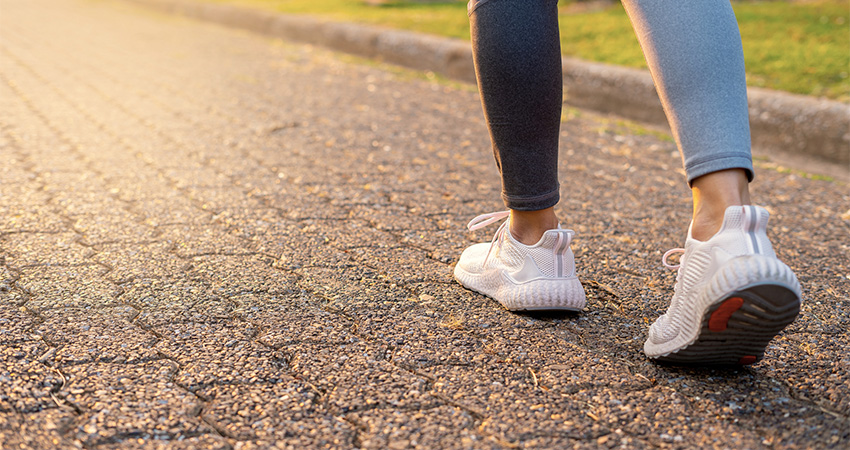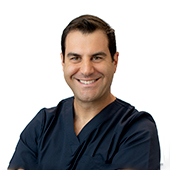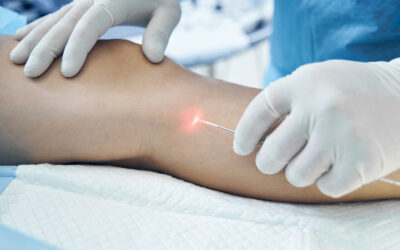“As a phlebologist with extensive experience in vein treatments, I often emphasise to my patients that what they do after their procedure is just as important as the treatment itself. Walking, in particular, plays a crucial role in recovery after sclerotherapy or endovenous laser treatment (EVLT),” says Dr Peter Paraskevas.
Why Walking is Essential
The 30-minute daily walk recommendation isn’t arbitrary – it’s based on solid medical reasoning. When you walk, your calf muscles contract and relax, acting as a pump that helps move blood through your veins back to your heart. This natural pumping mechanism:
- Reduces the risk of deep vein thrombosis (DVT)
- Helps prevent blood from pooling in treated areas
- Promotes proper healing of treated veins
- Improves overall circulation
- Aids in the distribution and absorption of the sclerosing solution (in case of sclerotherapy)
Duration of Walking Programme
We recommend maintaining these 30-minute walks for at least two weeks following your treatment. However, many patients find the benefits so valuable that they incorporate this habit into their daily routine permanently. The walks don’t need to be strenuous – a comfortable, steady pace is perfect.
Safe Exercise After Vein Treatment
Beyond walking, it’s important to know which exercises are safe and which should be avoided during your recovery period.
Safe Activities (After 1-2 weeks):
- Swimming (once any small wounds have healed)
- Light cycling on a stationary bike
- Gentle yoga (avoiding inversions)
- Low-impact aerobics
- Light resistance training with upper body
Activities to Avoid (for 2-4 weeks):
- High-intensity interval training
- Heavy weight lifting, especially squats and deadlifts
- Running or jogging
- Contact sports
- Hot yoga or exercises in heated environments
Gradual Return to Exercise
After the initial recovery period (typically 2-4 weeks), you can gradually return to more intense activities. Listen to your body and pay attention to any symptoms like heaviness or discomfort in your legs. Always consult with your phlebologist about when it’s safe to resume specific activities.
Additional Recovery Tips
- Wear your compression stockings as prescribed
- Stay well-hydrated
- Avoid prolonged sitting or standing
- Elevate your legs when resting
- Keep moving throughout the day with regular breaks from sitting
Key Takeaways:
- Take a daily 30-minute walk for at least two weeks post-treatment.
- Choose low-impact exercises during the initial recovery period.
- Avoid high-intensity and strenuous activities for 2-4 weeks.
- Wear compression stockings as prescribed.
- Listen to your body and progress gradually in your activity level.
- Consult your phlebologist before resuming intense exercise.
Remember, following these guidelines helps ensure optimal results from your vein treatment and promotes long-term vein health. Every patient’s recovery journey is unique, so always follow the specific advice provided by your treating phlebologist.






